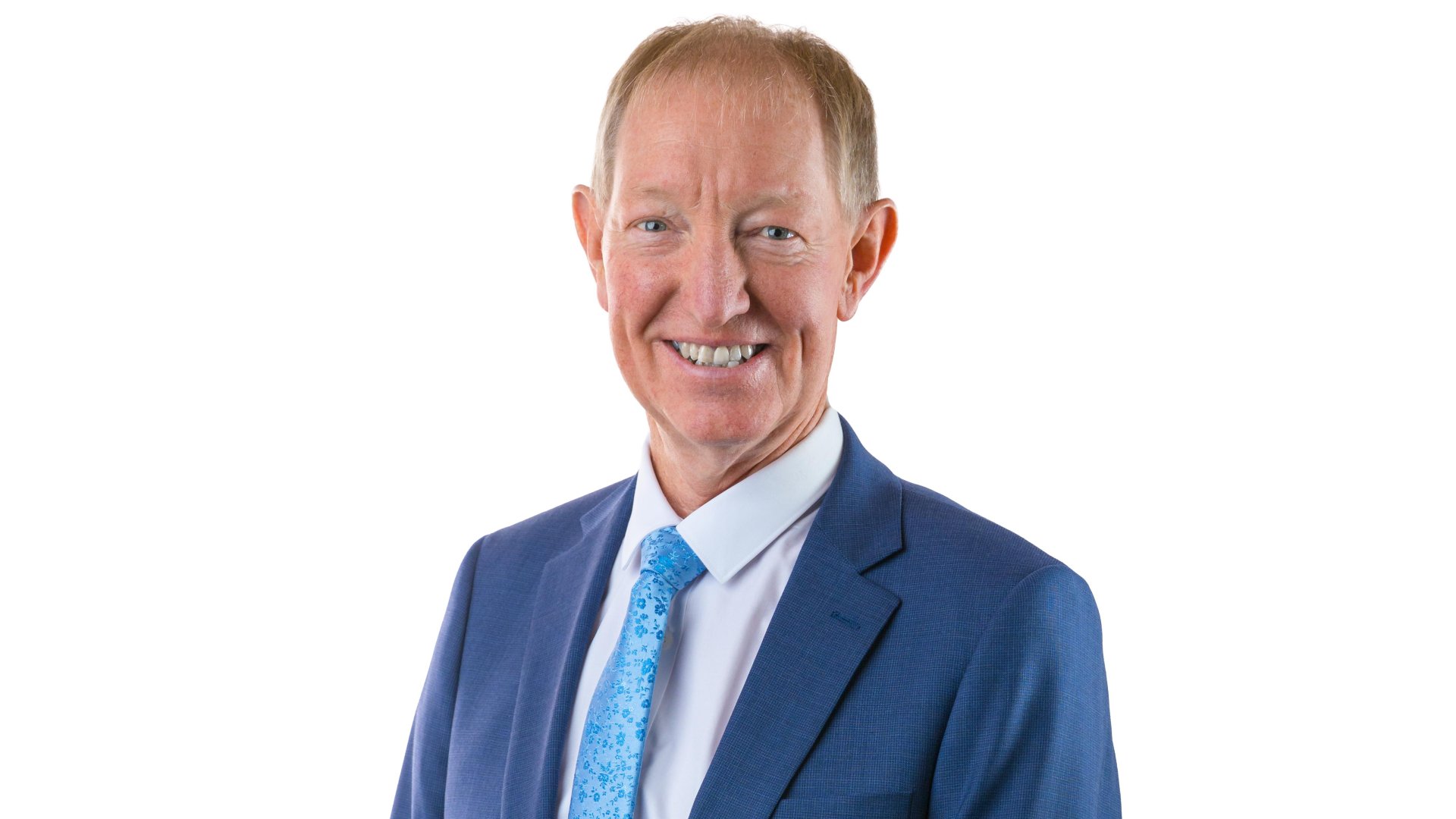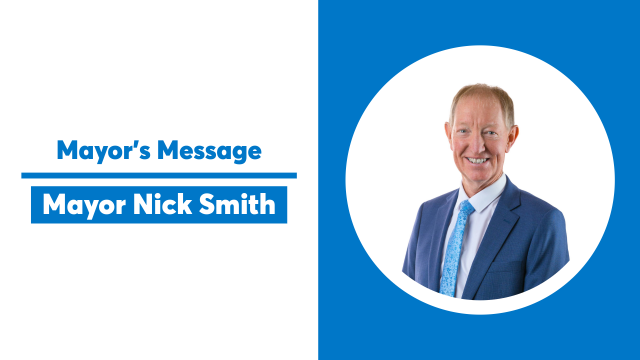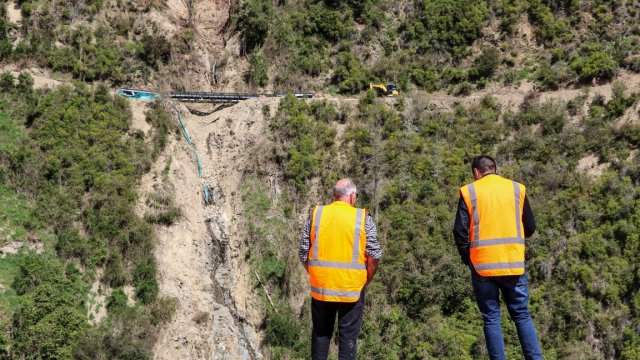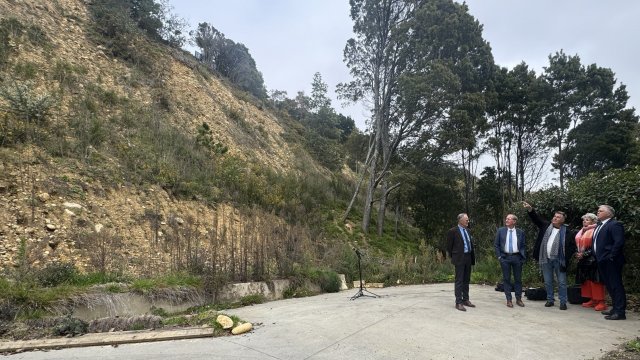Mayor's Message: Storm recovery long and costly
24/06/2024 2:42pm
The journey of recovery after a shock or disaster is long and hard. I experienced it as the Minister for Building and Housing working on the Christchurch earthquake recovery. There was initially huge goodwill and community spirit but as the years and the bills mounted, people became tired and frustrated.
The pattern was similar with Covid. New Zealanders responded with tremendous goodwill when the pandemic first hit but as the lockdowns dragged and the economic pain hit, public support waned.
Nelson’s August ’22 storm was a much smaller event. However, it was our worst natural disaster in 50 years with more than $100 million of damage to infrastructure, 200 landslips and over 100 homes badly damaged.
I am proud of the work of our Council engineers and contractors in getting on with fixing our infrastructure. I also appreciate the tolerance communities have shown to the disruption caused by this work, most recently on Cable Bay Road. There is a difficult trade-off between giving our contractors the space and time to get the job done cost effectively and the disruption to communities.
It has been difficult finding an answer for the families whose homes are on properties threatened by landslides that are too expensive to make safe. Our pragmatic buyout solution, with 50% funding from Government, has been approved through the Long Term Plan process. We’ll sign the finalised deal with Government next month and then get these properties sorted.
The cost of the storm recovery will hit home next month when the rates bill arrives with an extra $300 charge per year. It comes at a difficult time when households are already under the pump from high inflation and interest rates. There are no easy answers to this. My only comfort is that the charge would have been $450 annually without Government recovery funding.
This recovery work includes improving our resilience to future events. We secured $9 million in Budget ’24 to help us fund extra flood protection. We are also tightening our rules through Plan Change 29 to better manage the risks from landslides. Last week, we secured the support of GNS Science and EQC to better understand the Tāhunanui Slump.
We are on the right path but it will take years. Our progress to date compares well with other storm-affected cities. We need continued community goodwill to get this recovery job completed.




